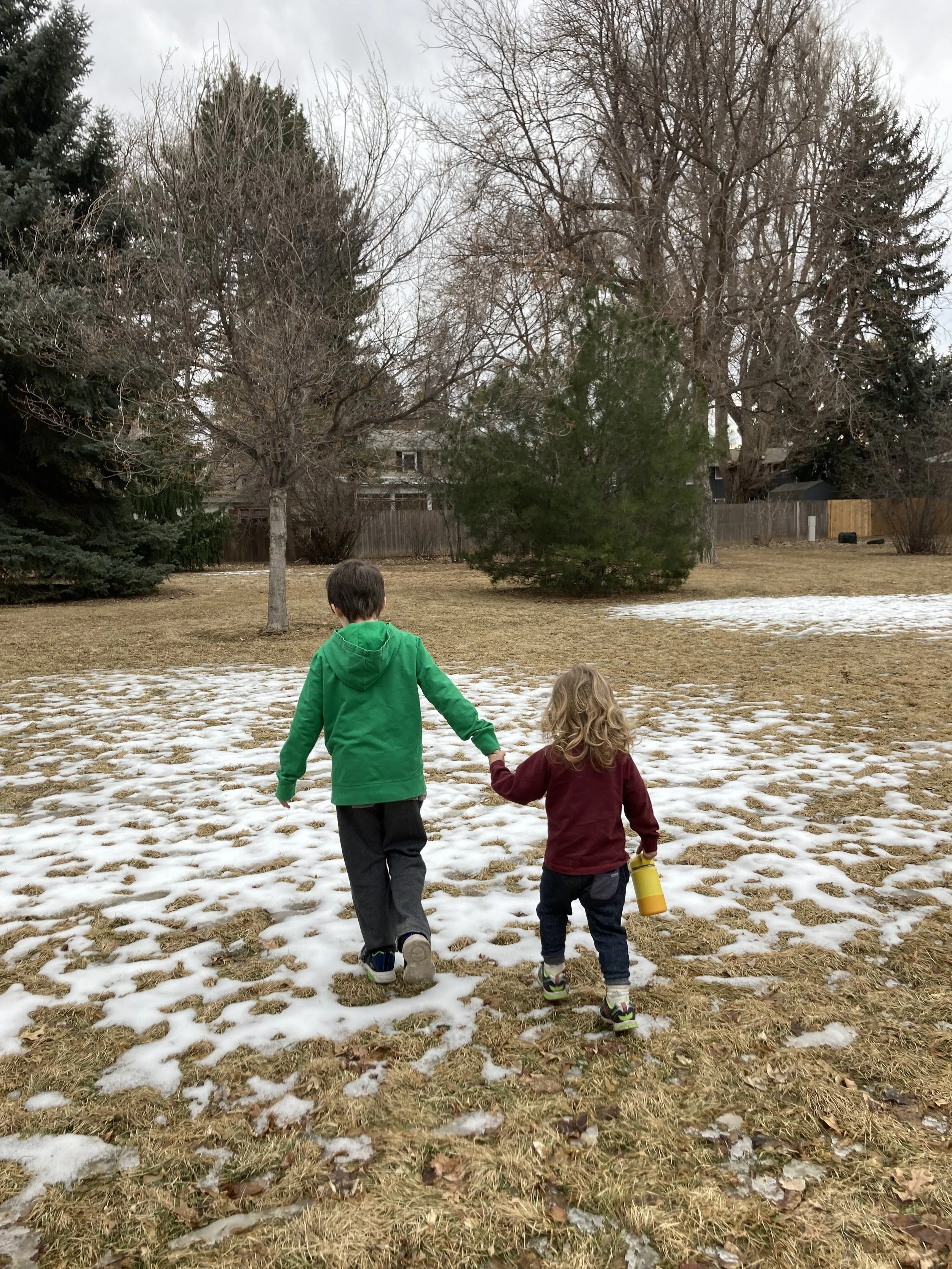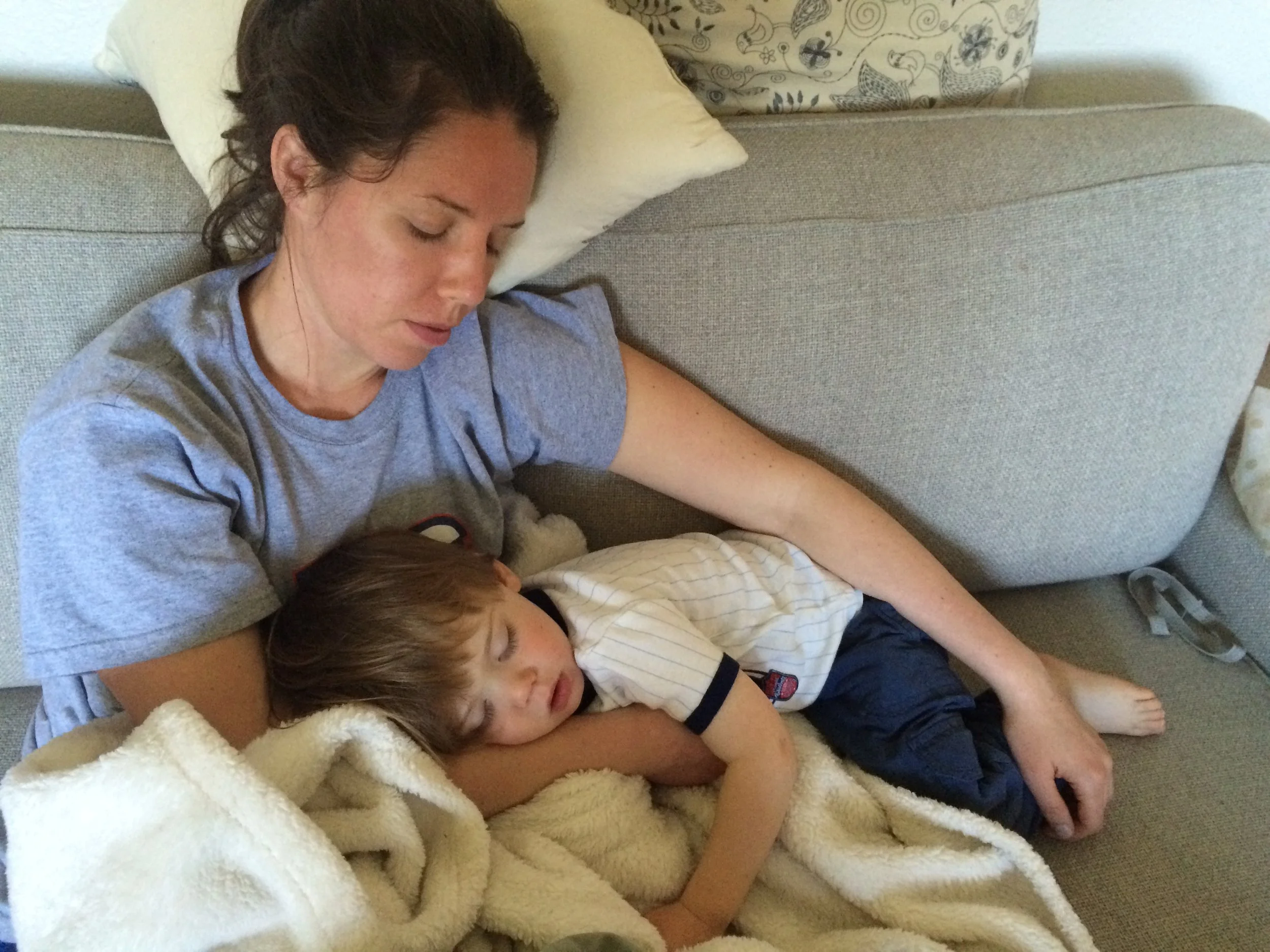This exercise brings mindfulness to our everyday activities.
Informal practice can invite us to bring an awareness of the present moment while in motion with our children.
The pictured activities below are examples of informal ways I have used mindfulness during daily life with children. It took some practice with formal meditation to be able to apply mindfulness in action with little ones however, with experience, I have found that mindfulness in action is just as beneficial as formal meditation.
Informal Check in Instruction
Connect to the body.
Take a brief moment and bring your attention to your body. Starting with the feet, move your attention steadily up the legs, to the torso, arms, shoulders, neck, and head just noticing the body. Inhale, filling up the body with warmth and exhale the breath.
Find an anchor.
This is something consistent and reliable to return the attention to while moving. This could be one’s breath, it could be the feeling of running water during a bath, the persistent laughter at a park, the taste of our snack in the garden, the sound of gravel during a walk, or watching a child’s chest go up and down during a nap. There are endless possibilities.
Return attention to the anchor.
Once an anchor is chosen, spend whatever amount of time available to touch the present moment by coming back to the anchor. If the mind starts to wander off thinking, you can just notice “thinking” and come back to the anchor.
While being mindful with children in motion there is no set practice time as there is for formal meditation. Instead, one can intuit or feel a shift in energy that the meditation is ending.
End practice by offering gratitude.
This can be very quick such as simple smile, touching the heart, or a whisper of thanks.
Rest.
Rest is diverse and can be expressed in many ways. Sometimes it can be actual physical rest, especially if this is during a nap/rest time. Other times it becomes a fresh way of thinking. A rest from past/old thinking patterns.
Once the “Prepare for Caregiver” , reflect on your physical, mental, and emotional wellbeing.
Ask,
Am I available to have meaningful and respectful conversations with my young ones?
If YES, continue to the second stage of Prepare, “Prepare Together.”
If NO, that is absolutely okay to pause and care for yourself.
Caring for your needs is part of the practice and when your needs are met you can better show up for your young ones later. From personal experience there are appropriate ways to include children in caring for self; like getting some exercise, being creative, or eating together.
Demonstrating self-care is an important lesson for everyone.








